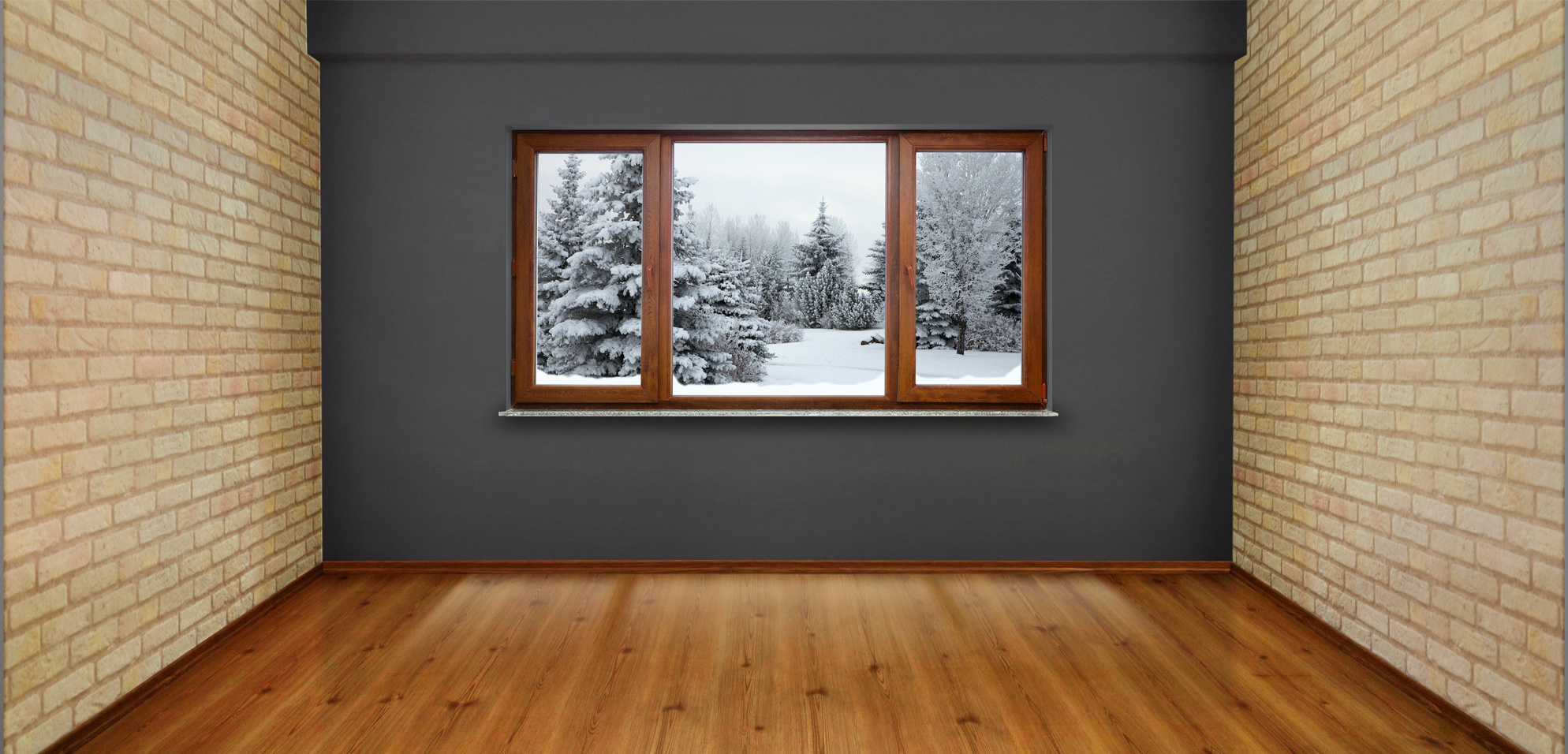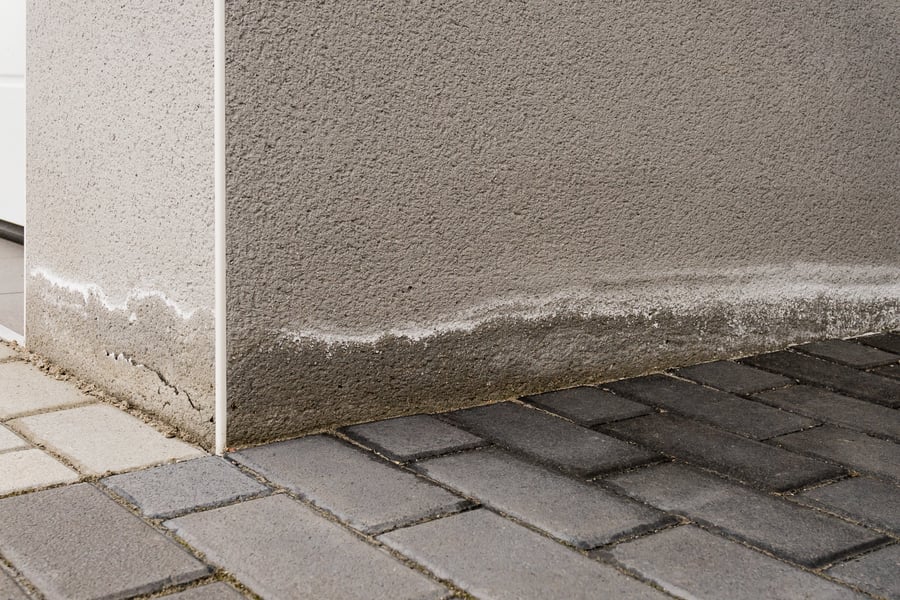Effects of the Cold on Flooring Moisture Meter Readings for DIY-ers

While flooring professionals are used to adjusting for material temperature when taking a reading, do-it-yourself enthusiasts might not be as familiar with the effect of low temperatures on flooring moisture meter readings, which can throw off their reading results.
Why the Temperature Can Impact Reading Results
If you’ve read some of our previous blogs about how pin-type moisture meters work, then you probably already know that these devices use electrical resistance to measure the material’s moisture content.
What you may not have known is that a material’s temperature has a slight impact on its electrical conductivity.
For example, if you were to take a piece of wood and stick it in the freezer for a few hours, it would become more resistant to the flow of electricity. On the other hand, increasing the temperature would make the wood less resistant to electrical flow. In practical terms, this means that a moisture meter will read lower than the actual %MC when testing very cold wood, and higher when testing wood at elevated temperatures.
As noted on the Learn About Electronics website, “heating an insulating material vibrates the atoms, and if heated sufficiently, the atoms vibrate violently enough to actually shake some of their captive electrons free, creating free electrons to become carriers of current.”
The reverse is also true—when temperatures drop, insulators become even more resistant to current because there isn’t enough energy to shake the electrons free.
How Much of an Effect Do Low Temperatures Have on Reading Results?
Overall, the effect of low temperatures on the accuracy of moisture readings tends to be minimal; unless the temperature is well outside the range the meter was calibrated for.
Delmhorst’s moisture meters are calibrated at 70 degrees Fahrenheit (21 degrees Celsius), so temperatures between 50 and 90 degrees Fahrenheit (10 and 32.2 degrees Celsius) won’t cause a significant error when using one of Delmhorst’s meters.
As an example, If the temperature were -20 degrees Celsius (0°F), then a reading of 6% MC would need to be adjusted up a full three points to 9% MC. At 5 degrees C (40°F), a reading of 6% MC would only be adjusted up one point to 7% MC.
You can check Delmhorst’s Temperature Correction Table online for a full list of temperature corrections.
Effects of the Cold on Moisture Meters
Another concern when it comes to using moisture meters in extreme temperatures is the effect of the cold on the meter itself. Any electronic device can become damaged when exposed to temperature extremes that it wasn’t designed for.
For example, in the cold, batteries cannot operate as efficiently as they do at room temperatures. As noted by About Education’s Chemistry page, “Lowering the temperature causes chemical reactions to proceed more slowly, so if a battery is used at a low temperature then less current is produced that at a higher temperature.”
Because of this, using a moisture meter in extreme cold for long periods of time can drain the battery faster.
To keep your moisture meter in good working condition, you may want to find ways to protect it from the cold, such as by keeping your meter in an insulated storage case when not in use.

Subscribe to Our Blog
Post Related

How Does a Pin-Type Moisture Meter Work?

